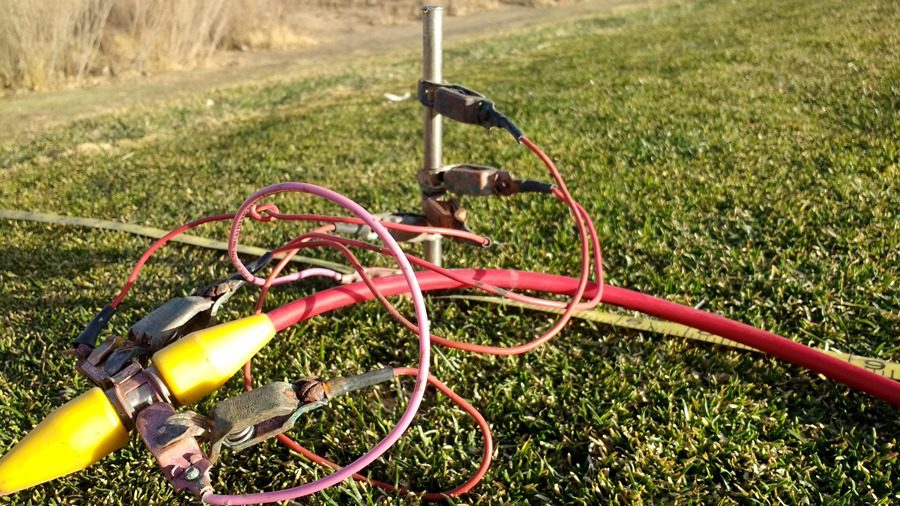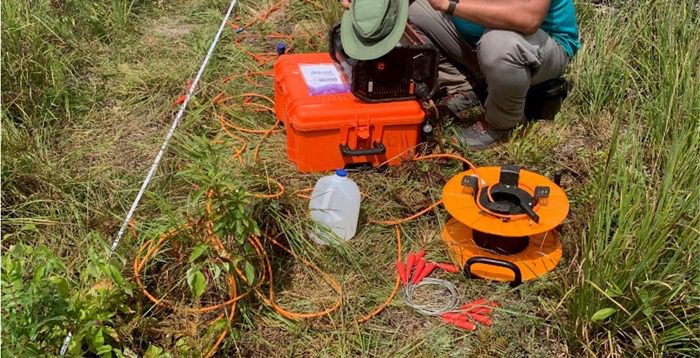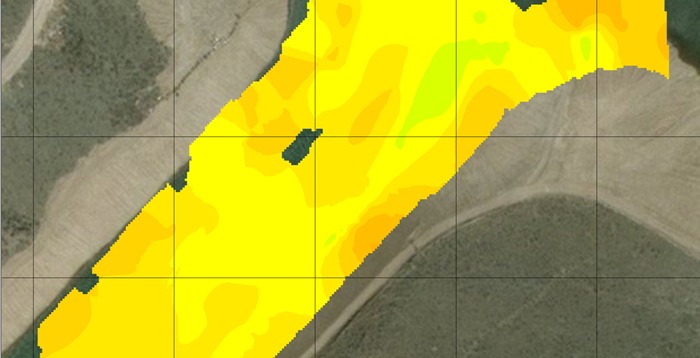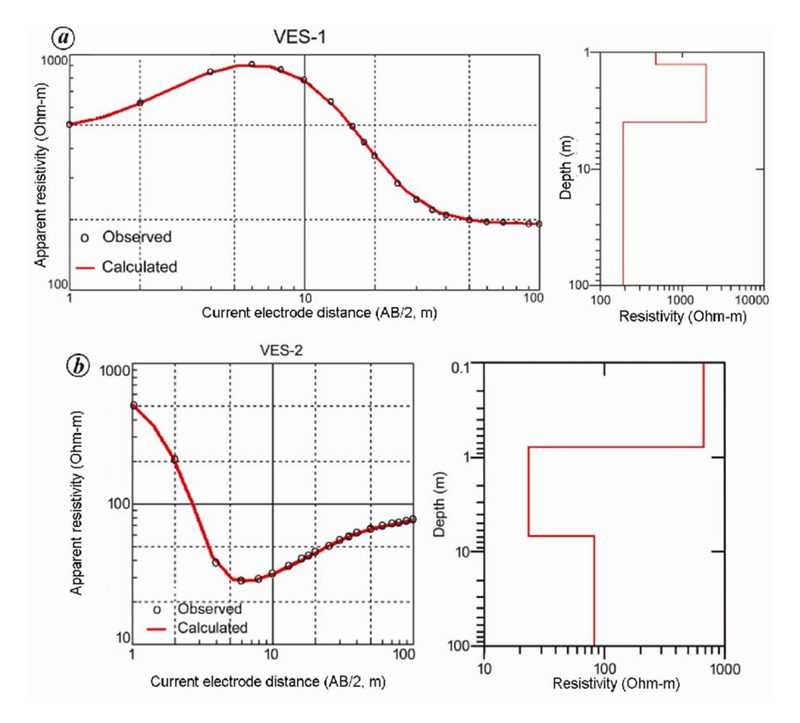Electrical Resistivity
The Electrical Resistivity (ER) methods are used for locating and mapping groundwater sources, natural groundwater flow paths, groundwater contamination, and archeological remnants. These methods measure voltages associated with electric currents flowing in the ground. These currents may be currents introduced into the earth through electrodes or they may be natural currents due to earth processes. This type of testing is useful in detecting changes in apparent resistivity or apparent conductivity both laterally and vertically. When the goal is to map an area for lateral changes in resistivity, then the profiling technique is used. When the goal is to create a pseudo-depth section in the earth, then the sounding technique is used. These two techniques are often used in conjunction to fully understand the problem.

Electrical Resistivity Tomography
The ERT method is an electrical testing method where current is induced in the ground using two current electrodes. The electrical potential drop is then read using two other electrodes.
Test for:
- Saturated Zones
- Paleochannels
- Soil Lithology
- Groundwater Contamination
- Karst

Induced Polarization (IP)
When performing electrical resistivity tomography (ERT) surveys, it is possible to add Induced Polarization (IP) to the measurement with most modern instruments such as an ABEM TerraMeter LS2 or an AGI SuperSting R8.
Test for:
- Saturated zones
- Aquatards
- Mineral/Ore Bodies
- Landfill Delineation (thickness)

Self-Potential (SP)
The Self-Potential (SP) method measures naturally occurring electric fields generated by one of two phenomenon: corrosion or weathering of ferrous minerals or the flow of groundwater.
Test for:
- Mapping preferential flow paths through man-made structures (i.e. dams or levees)
- Around natural seeps and springs
- Mineral exploration

Vertical Electrical Sounding
The most common application of Vertical Electrical Sounding (VES) surveys now is for electrical grounding. They are commonly performed at residential or commercial buildings when installing the grounding system and are performed by an electrician.
Test for:
- Saturated zones
- Paleochannels
- Soil lithology
- Groundwater contamination
- Karst
